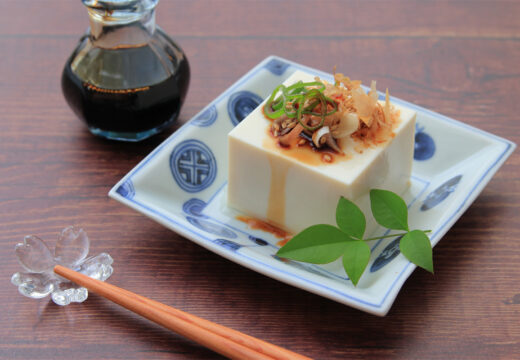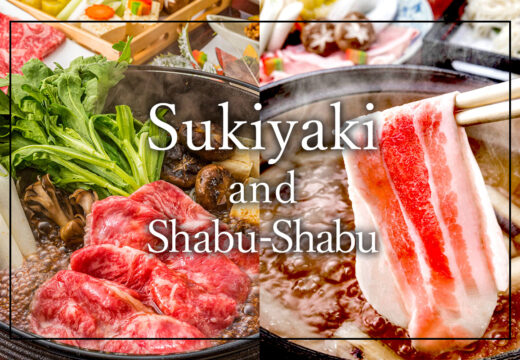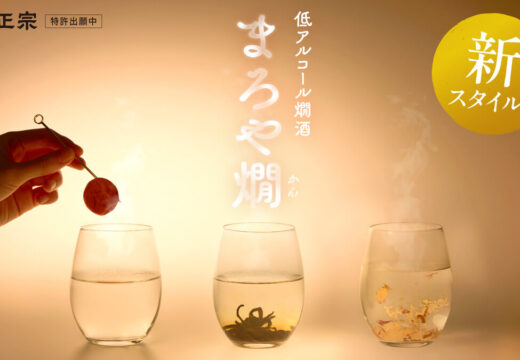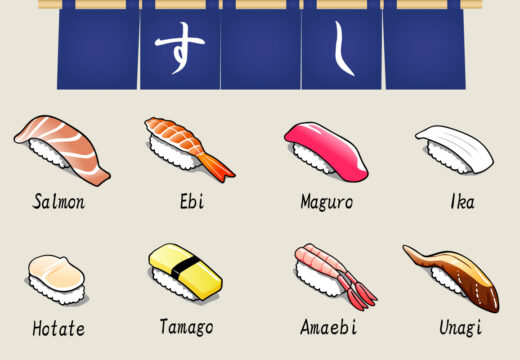What is Kushikatsu? What you may or may not know about Kushikatsu
Category: Food&Drink
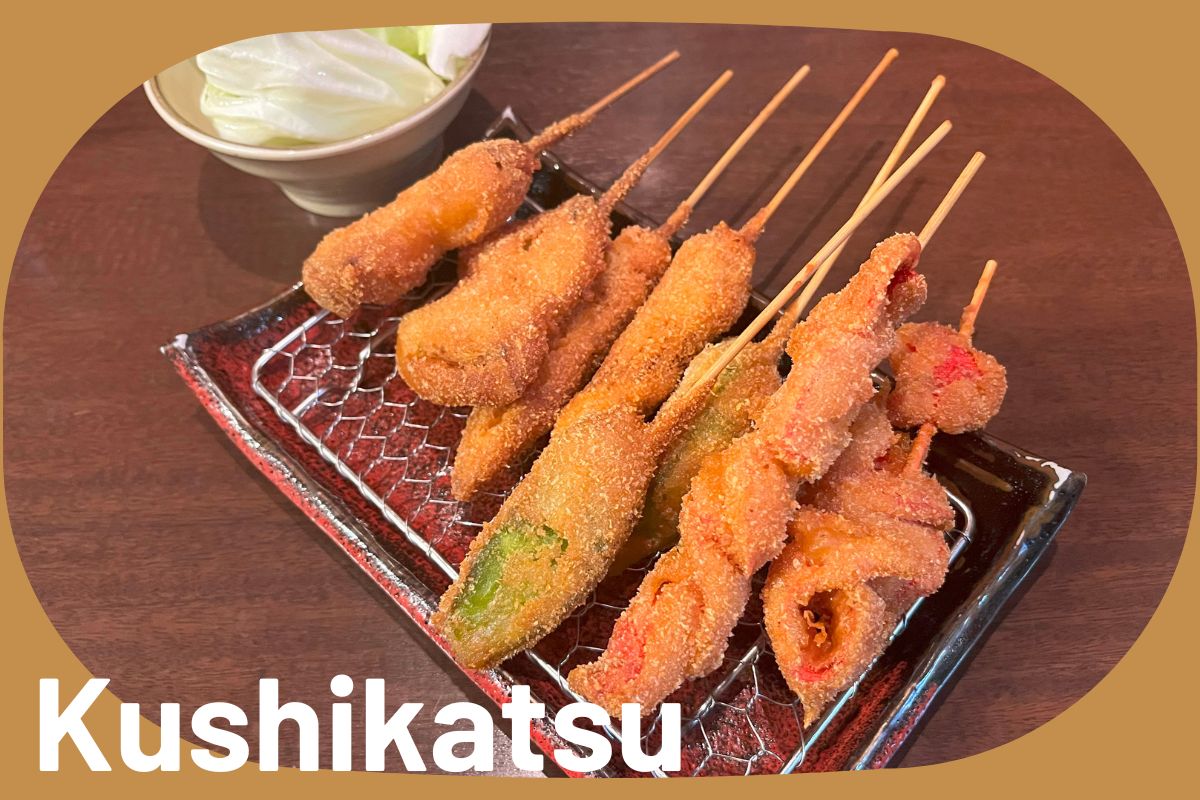
Kushikatsu is one of Osaka’s most popular gourmet foods!
Today, Kodawari Times’ food-loving writers visited the Japan Kushikatsu Association to report on the appeal of kushikatsu. Here we introduce the history of kushikatsu, how to eat it, the rules, and other stories related to kushikatsu.
What is Kushikatsu, a Gourmet Food Born in Shinsekai, Osaka?
Meat, vegetables, and seafood wrapped in a crispy batter.
Once you dip them in the sauce, you will surely fall in love with kushikatsu. Kushikatsu is a gourmet food that Osaka people recommend you to try.

Such kushikatsu was born in the Shinsekai area, known for Tsutenkaku Tower. It is said to be about 100 years ago. At that time, many laborers worked in the Shinsekai neighborhood. As a cheap and quick meal for them, they battered beef and fried it in oil.
Kushikatsu, with its thick batter to fill one’s stomach at a low cost, and its easy style of eating by dipping it into sauce in a jar or tray, suited the impatient Osakans living in the city of food devourers.
Kushikatsu was then embraced by many and developed into a popular dish that now also includes vegetables and seafood on skewers. Because of this, the Japan Kushikatsu Association has designated Shinsekai as a “sacred place for kushikatsu”!
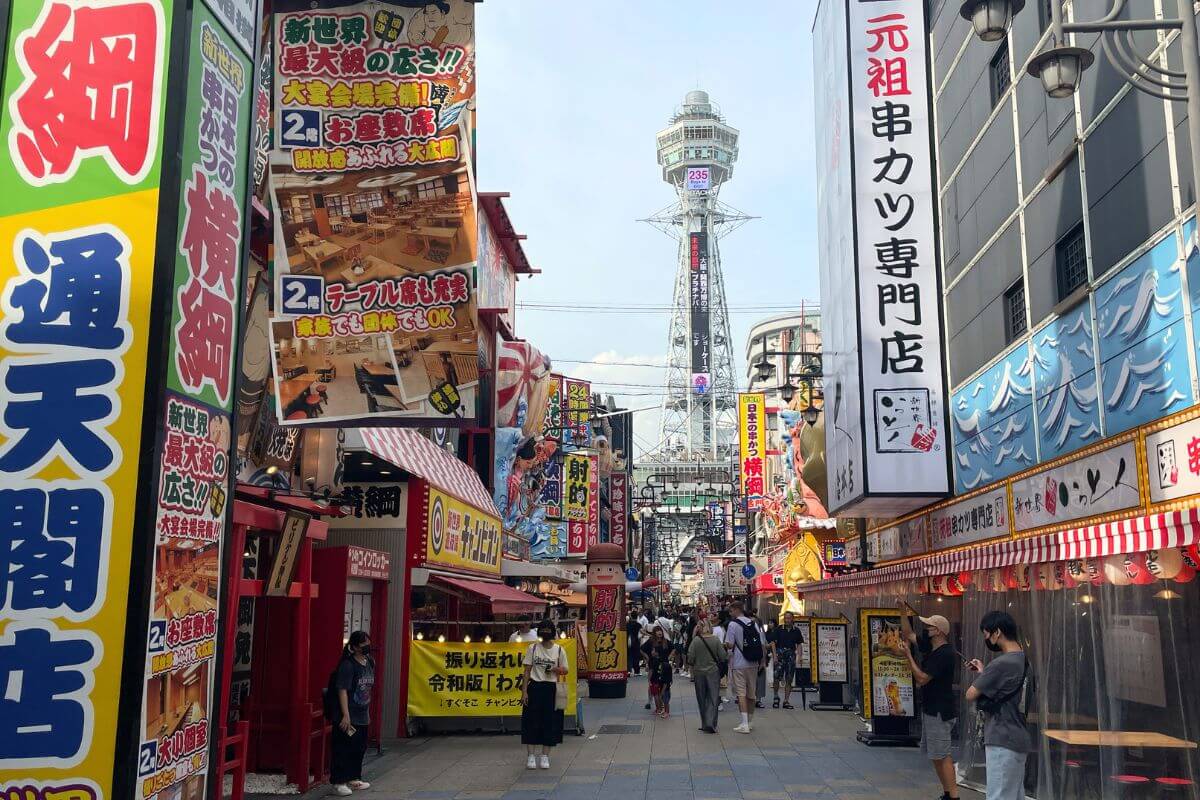
I have never counted them properly, but it is said that there are as many as 300 to 400 kushikatsu restaurants in Shinsekai. Indeed, when you go to Shinsekai, it is filled with kushikatsu restaurants.
What is the difference between kushikatsu and kushi-age?
In Osaka, it is called kushikatsu, but in Tokyo and other parts of the Kanto region, many people call it kushi-age.
In contrast to Kansai’s kushikatsu, which refers to a single ingredient on a single skewer, kushi-age is a style of stabbing that combines several ingredients, such as meat and vegetables.
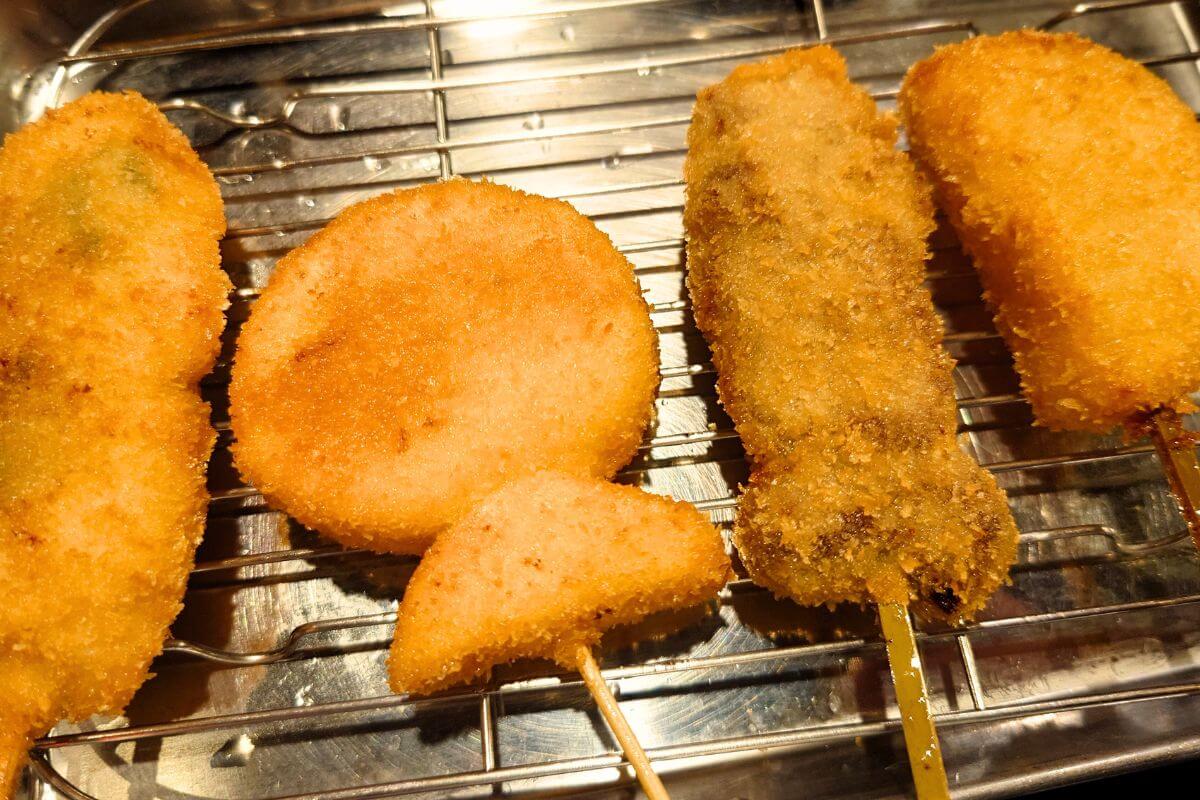
Points often cited as differences between kushikatsu and kushi-age
| Kushikatsu | Kushi-age | |
| Area | Osaka and other parts of Kansai | Tokyo and other parts of Kanto |
| Ingredient | One ingredient on each skewer | Multiple ingredients on one skewer |
| Batter | Thick | Thin |
| Sauce | Mainly Worcestershire sauce | Varies depending on ingredients |
| How to cook | Dipped in batter solution of flour, egg and water, then dipped in Panko (Japanese breadcrumbs) and deep fried | Dredge in Panko (Japanese breadcrumbs) and then deep fry |
However, these are just generalities.
Some people consider “kushikatsu to be meat on a skewer,” and “kushi-age to be everything else.“
Although there are these general differences, I think it doesn’t matter which one you call it, because both are the same “deep frying ingredients on a skewer.
By the way, is fried chicken also a kushikatsu if it is on a skewer?
I checked with the Japan Kushikatsu Association and was told, “Yes, you can think of it as kushikatsu.”
An American dog on a skewer is also a kushikatsu. Takoyaki (octopus dumplings) are also classified as kushikatsu if they are on a skewer. The Japan Kushikatsu Association is has a big heart!
Reasons for the rule No double-dipping
Now, there is a rule when eating kushikatsu: “No double-dipping.”
At a kushikatsu restaurant, there is a container of sauce on the table, and customers share it, but they are not allowed to put the skewer they are about to eat into it! This is the rule.
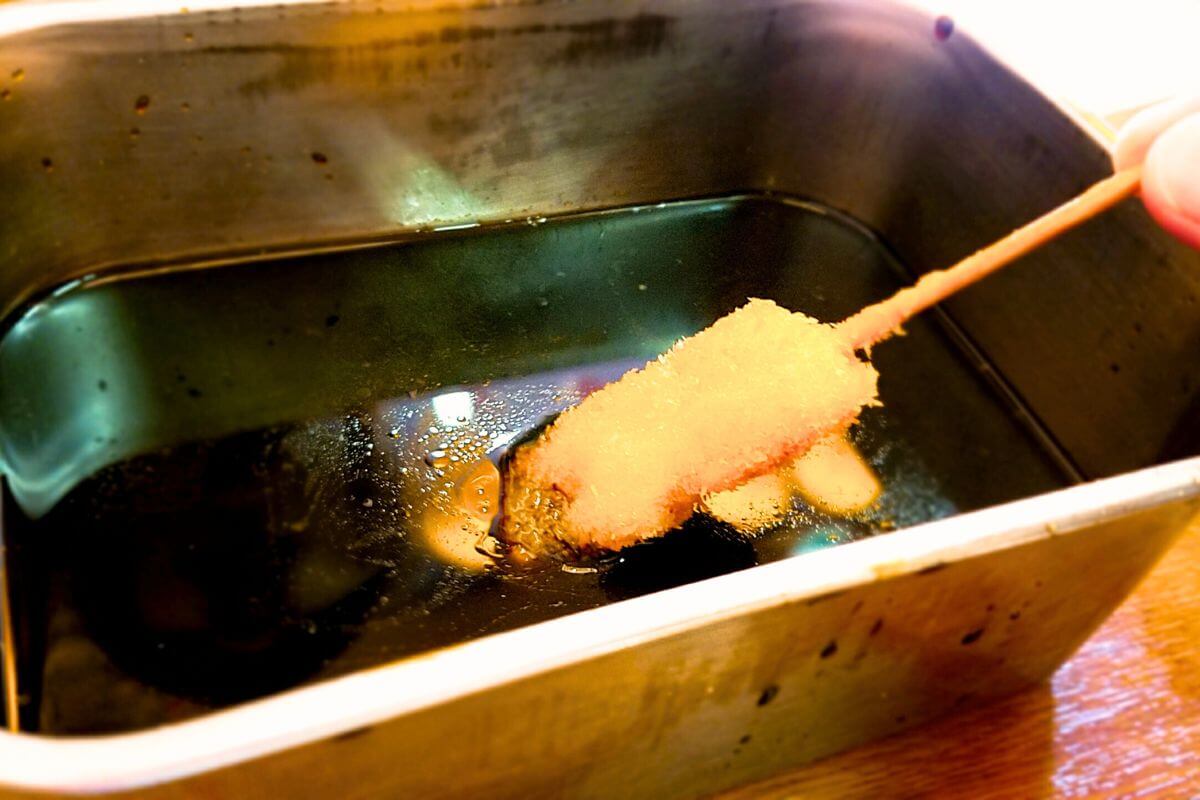
This is a standard rule for Osaka people, but many people who are new to kushikatsu may not know the rule. In fact, I have seen people get angry when they dip their skewers in the sauce they are about to eat because they do not know this rule. There are two reasons why such a rule exists.
The first is because it is not hygienic to dip mouthfuls of food in shared sauce.
The second is that saliva on the skewers that are about to be eaten can cause the sauce to spoil.
So these are the rules so that everyone can enjoy kushikatsu comfortably.
Incidentally, the Japan Kushikatsu Association has established the following rule against double-dipping.
K2K (acronym for Kushikatsu 2dozuke Kinshi) rules

Some people say that No double-dipping kushikatsu is “troublesome” and “annoying,” and some kushikatsu restaurants have recently stopped using the shared sauce.
However, the “No double-dipping of kushikatsu” rule is part of the food culture that Osaka has nurtured. In other words, eating kushikatsu while obeying the rules is one cultural experience.
So, when you stop by a kushikatsu restaurant in Osaka, I hope you will enjoy the experience of eating kushikatsu, including this rule!
By the way, when I asked how much sauce should be dipped into the kushikatsu, the recommendation is 70 to 80% of the ingredients. I heard that you can taste the part of the batter that doesn’t have sauce on it, and that it enhances the flavor of the ingredients.
September 4 is Kushikatsu Anniversary! Let’s make Japan a better place with Kushikatsu!
The Japan Kushikatsu Association has been working hard to preserve the culture of kushikatsu and to promote the kushikatsu industry by establishing a new rule prohibiting twice-dipping kushikatsu.
One of these efforts is the establishment of Kushikatsu Anniversary.
The number of the date, September 4(94), can be called “kushi” in Japanese, like the kushi of kushikatsu. We recommend that September 4 be designated as the anniversary so that kushikatsu chefs and customers can enjoy a day of happiness through kushikatsu. Stores that support the association hold various events, so please check out their website!
https://japan-kushikatsu.jp/kinenbi.html
We have also created a “Kushinyoro,” a kushikatsu fairy, to help boost the kushikatsu industry.
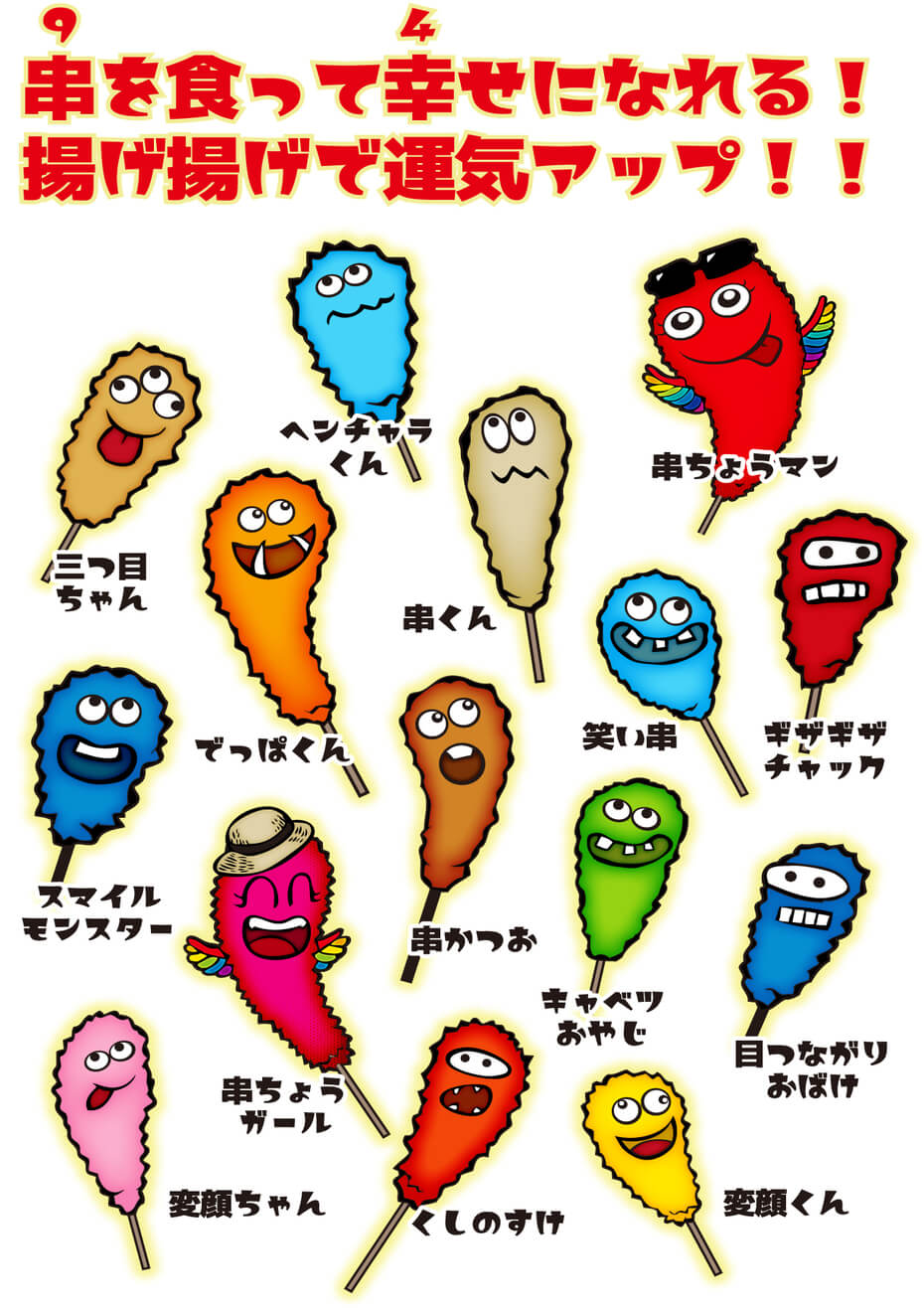
Kushinyoro is a fairy that appears when a kushikatsu restaurant’s kushikatsu, which is deep-fried with lots of love, is possessed by a spirit.
Kushinyoro is only visible to those who love kushikatsu, and those who can see her bring tremendous good luck.
Kushinyoro is a lucky fairy who can both prosper in business and destroy bad bacteria. Do you see him?

Yes, the Japan Kushikatsu Association also makes these Kushinyoro phone cases!
Check out the URL below to purchase one!
https://caseplay.shop/collections/kushinyoro?utm_source=referral&utm_medium=hp&utm_campaign=kushinyoro
Kushinyoro was selected and exhibited in “BILLIKEN CREATORS OSAKA 2025”, one of the largest billiken art events in Kansai!
*This event has already ended. Period: March 13 (Thu) – March 16 (Sun), 2025
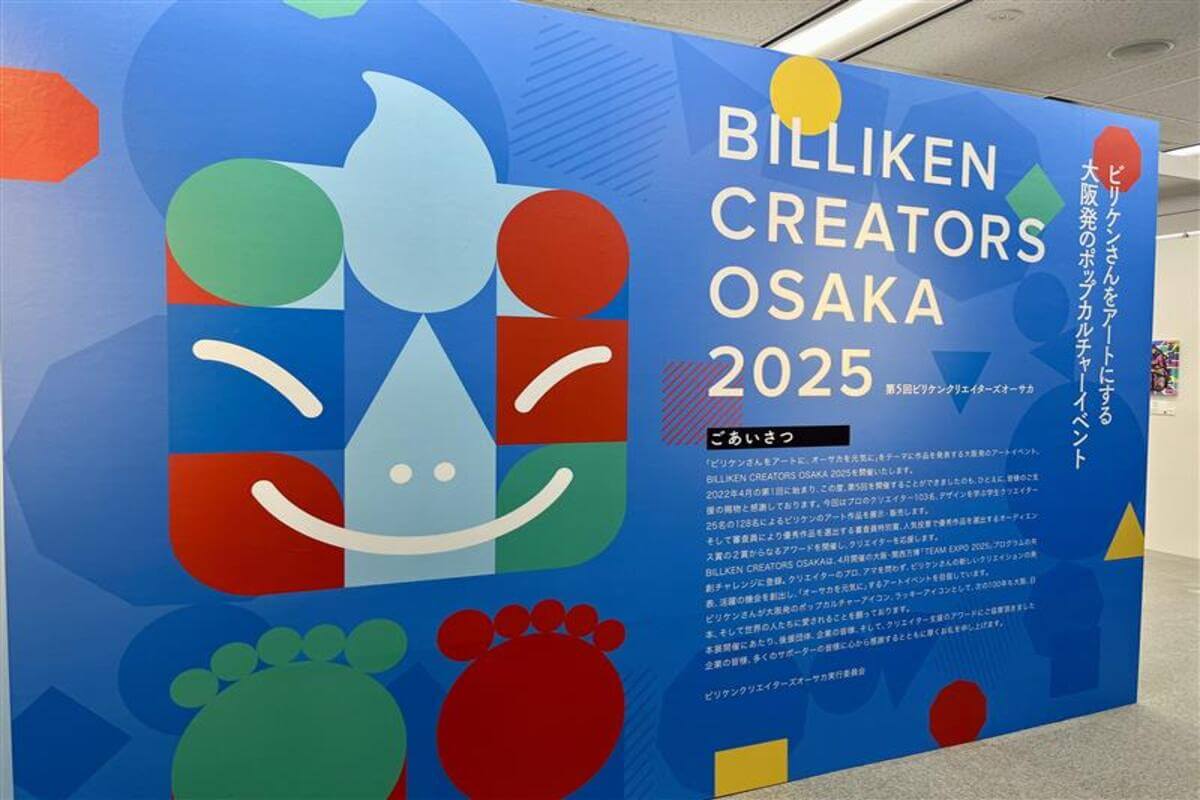
Billiken is a character born in the U.S. in 1908 and is well established in Osaka as the “god of good luck.” In particular, the statue of Billiken at Osaka’s Tsutenkaku Tower is a popular attraction that attracts many tourists because it is believed to bring good luck if you scratch your feet!
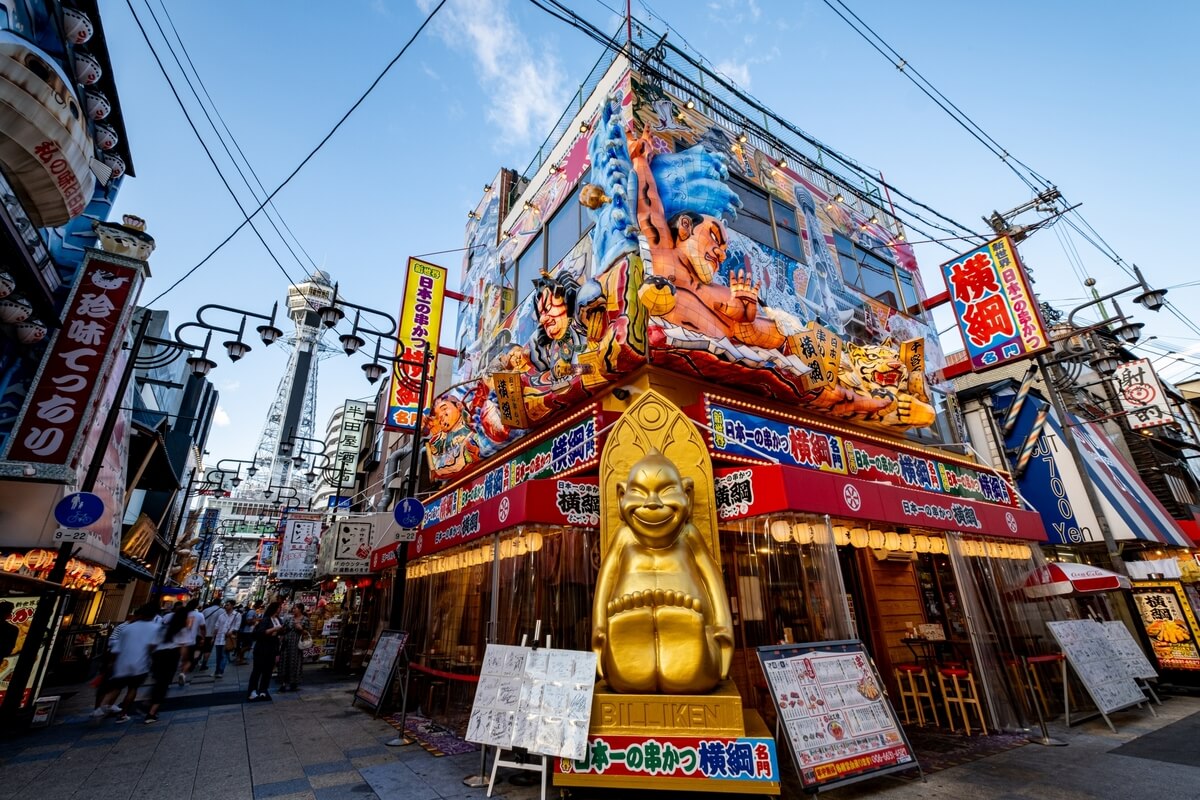
This event was held as a creative festival where unique artists gathered under the themes of “Billiken-san as Art” and “Energize Osaka.”
From among the many entries to that festival, the work depicting Kushinyoro was chosen to be exhibited.
The work is here!

Title: I Love Kushikatsu (I♡ Kushikatsu)
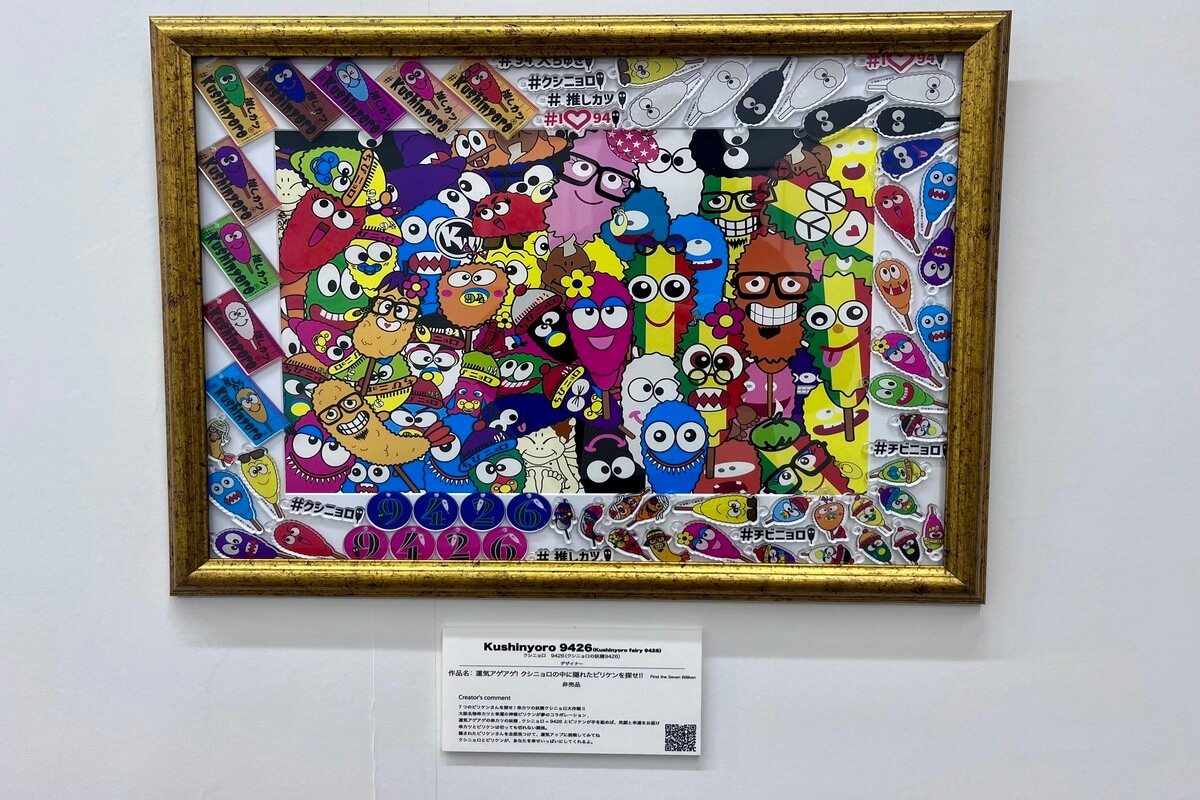
Title: Unki Ageage! Find Billiken hidden in Kushinyoro!
Were you able to find where Billiken is hiding?
The collaboration of Billiken and Kushinyoro is very cute.
The Japan Kushikatsu Association is promoting the food culture of kushikatsu through “Osaka Culture x Kushinoro.” As a member of the association, we will continue to support Kushinyoro and help make Osaka a more exciting place to live!
To spread Kushikatsu to the world. Calling for trainees from overseas.
Furthermore, the Japan Kushikatsu Association is also recruiting overseas trainees to share with the world the kushikatsu that has become Osaka’s, or rather Japan’s, soul food.
Not only chefs who are already active as professionals, but also those who are thinking of learning kushikatsu and setting up their own businesses are being gathered to teach them how to make hybrid kushikatsu, which combines the technical skills of the association with the latest cooking equipment, packed with Japanese chemical power.
These hybrid kushikatsu are kushikatsu made by changing and adjusting the properties of oil at the molecular level, thereby reducing the absorption rate of oil and improving the taste. In other words, it means healthy & tasty kushikatsu.
Now, if you are interested, please check out the following
https://japan-kushikatsu.jp/about_injapan.html
That’s all I have to say about kushikatsu.
By the way, thanks to my visit to the Japan Kushikatsu Association for the interview, I got to hear more about kushikatsu than I thought I would, and it made me want to eat kushikatsu!
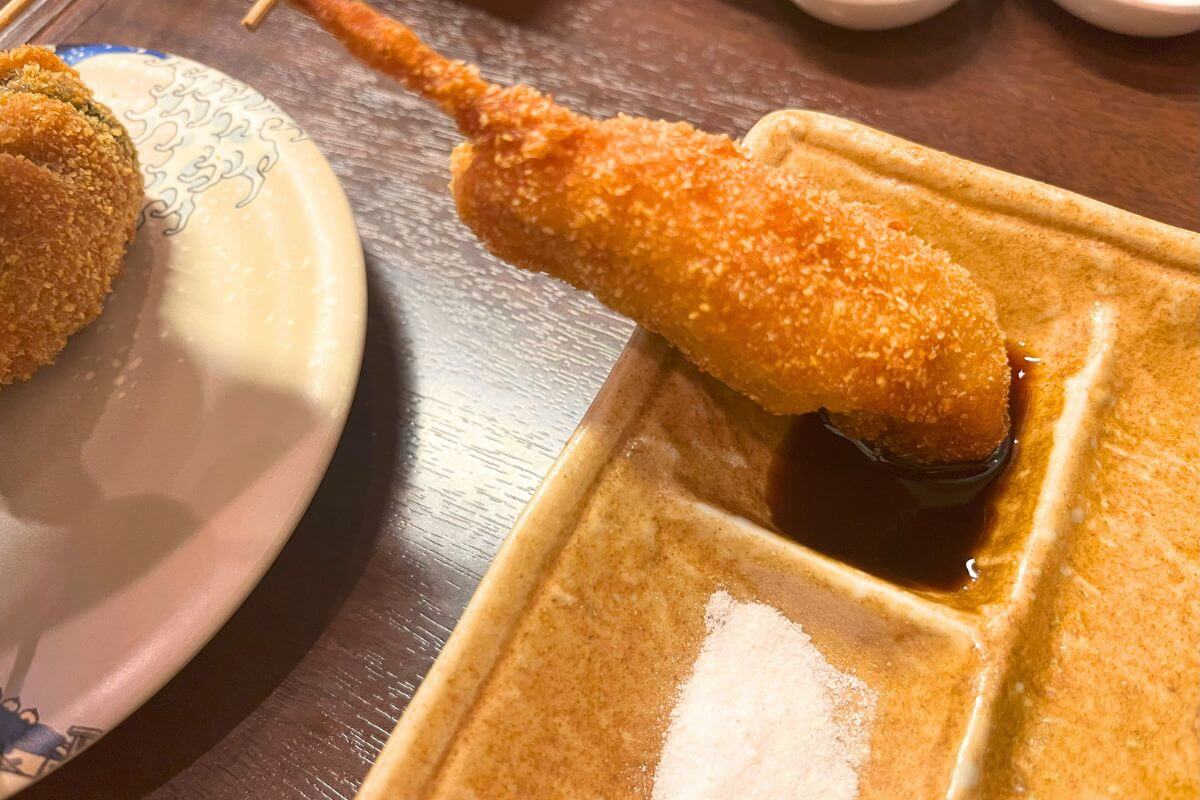
Kushikatsu is a dish where each person can choose his or her favorite ingredients to eat without worrying about the other person. The seasonings can be changed to suit each person’s taste, and even the same ingredients can have different flavors with different seasonings, making it a fun dish.
It is also easy to eat without hesitation, even with people you have never met before.
So, to all Japanese and foreign visitors to Japan, let’s eat delicious kushikatsu and be happy today and tomorrow!


